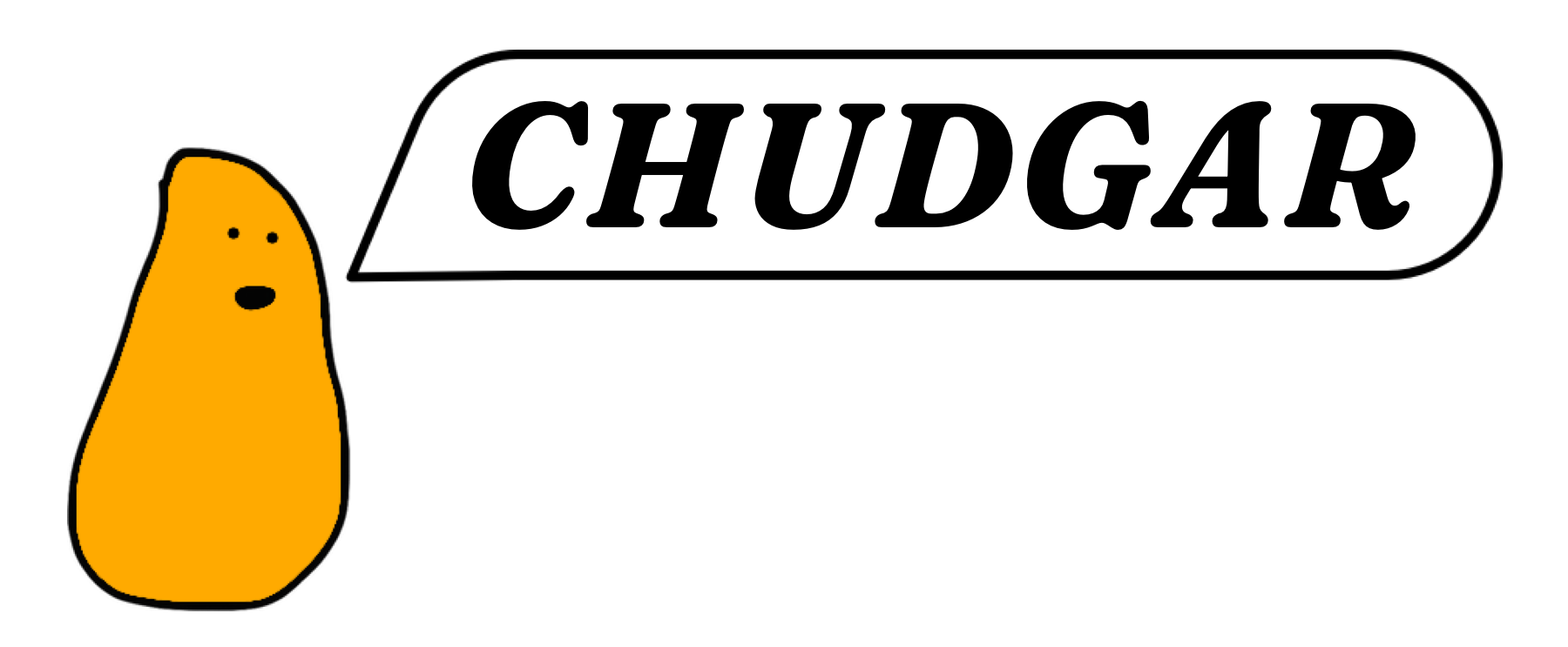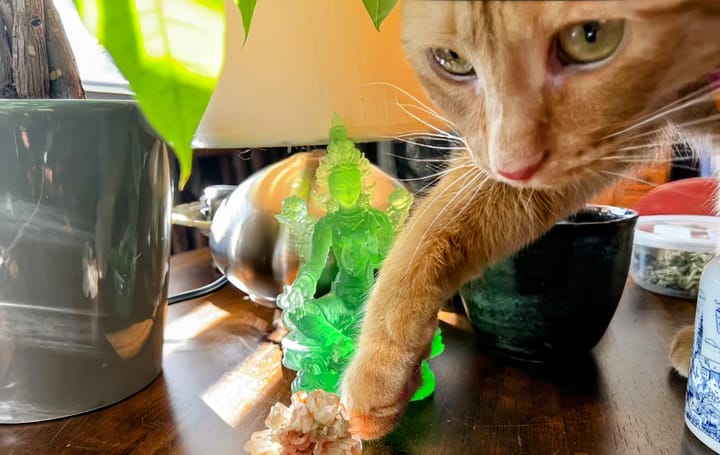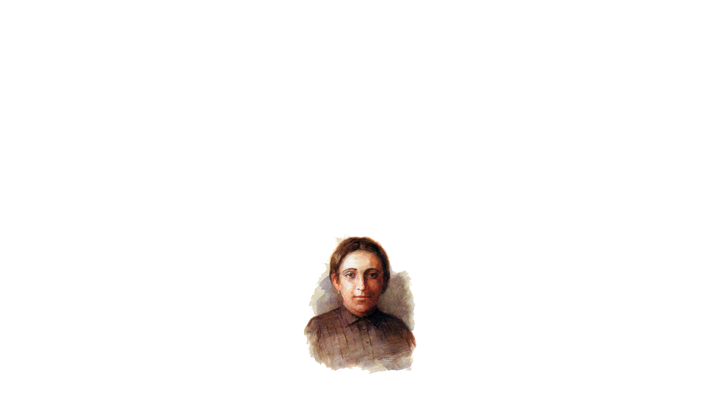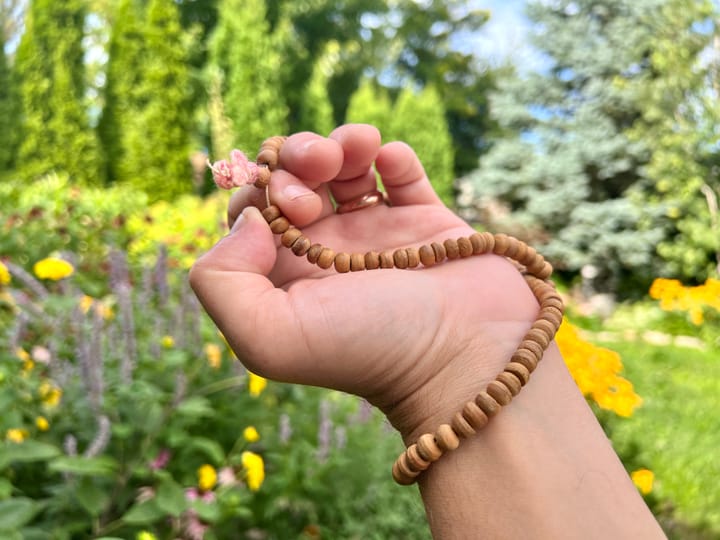“Systems fight death”: A conversation about culture, faith, and endings with deathcare worker Kelly Butler
A few weeks ago, I heard a Canadian stranger mention that she was in the business of “deathcare.” I’d never heard the word before, but I instantly knew what it meant, and it fascinated me. That’s why I tracked down Ottawa deathcare worker Kelly Butler for this conversation about careful ending.
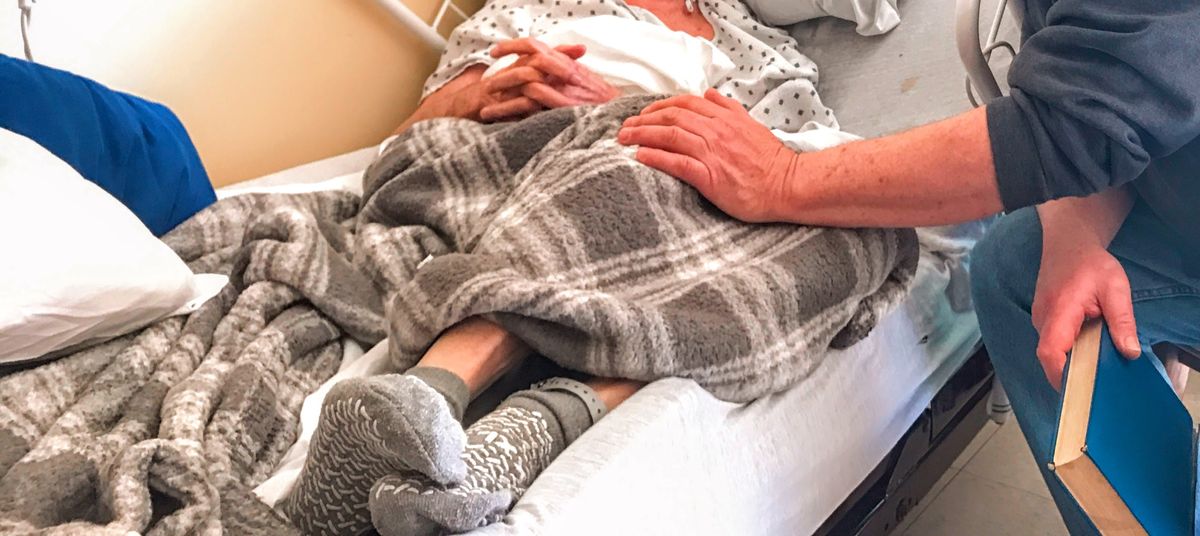
“Culturally, we have an appetite for more. Lots of the conversation is about how we keep what we have, rather than about how we gracefully, skillfully go into composting, hospice, the end of it. What does less look like?” — Kelly Butler
What we don’t know about dying
The mother of a dear friend of mine died last week, at 93. She had started doing poorly the week before that, and the folks at her nursing home had summoned her three daughters to her bedside. They kept their mother company for a few quiet days, and they were in the next room when she passed. “Her appearance changed dramatically over the course of those days,” my friend told me, bemused and quiet. “It was hard to recognize her as the same person she’d always been.”
I was startled. “Does that usually happen when people die? That they look different?”
“Beats me,” said my friend, who’s in her late 60s. “I’ve never seen someone dying before.”
Mere seconds of research on the internet reveals that people really do change when they’re getting close to death, in fact, and in predictable ways. This information must be widely known to people are near death all the time: nurses and physicians, firefighters and cops and EMTs, combat soldiers and medics, hospice workers and chaplains. In other parts of the world, where death is more frequent and closer at hand, ordinary people must know about the facts of death as well. But for me and my friend, middle-aged people in the United States in the early 2020s, how people’s appearance changes when they are dying is simply not something it’s ever occurred to us to wonder about.
Even when we do wonder about death, our culture disapproves of asking questions about it. To wit: when I typed “assistance in dying” into my search bar today — I was trying to find out the name of Canada’s assisted-suicide program — Google instantly assured me that “Help is available. Speak with someone today,” pointed me to the 988 crisis helpline, and gave me handy scripts I could use to ask friends to provide the precise opposite of assistance in dying. (“I don’t want to die, but I don’t know how to live,” Google suggests texting to somebody.)
As someone who grew up deeply Roman Catholic, I have always found this cultural resistance to death perplexing. Like all Catholics, I was taught early on that this life is a temporary “vale of tears,” and that death (if all goes well) will be a joyful return to our eternal home, where we will delight in the glory of God for ever and ever, amen. Unlike most Catholics (or so I have learned), I actually believed it. Still do, in fact — even though it’s been a long time since I’ve been Catholic or even Christian. The idea that death is not an end but a homecoming still feels right to me in a visceral way, just as it always has. I don’t talk about that belief too much, for obvious reasons; but it’s there, and as durable and inexplicable as only faith can be.
A few weeks ago, I was listening in on a webinar when another participant, named only “Kelly” in the chat, introduced herself as someone in the field of “deathcare.” I’d never encountered that word before, but it snapped instantly into my mind with the satisfying click of a long-lost puzzle piece. With silent apologies to the organizer of the webinar for my distraction, I started Googling around to find her — which is how I ended up talking over Zoom with Kelly Butler, the Ottawa-based nurse and deathcare worker who’d taught me the word. Below are my notes from our conversation about care and endings, which led us to talk about everything from healthcare policy to God to books about grief. Enjoy!
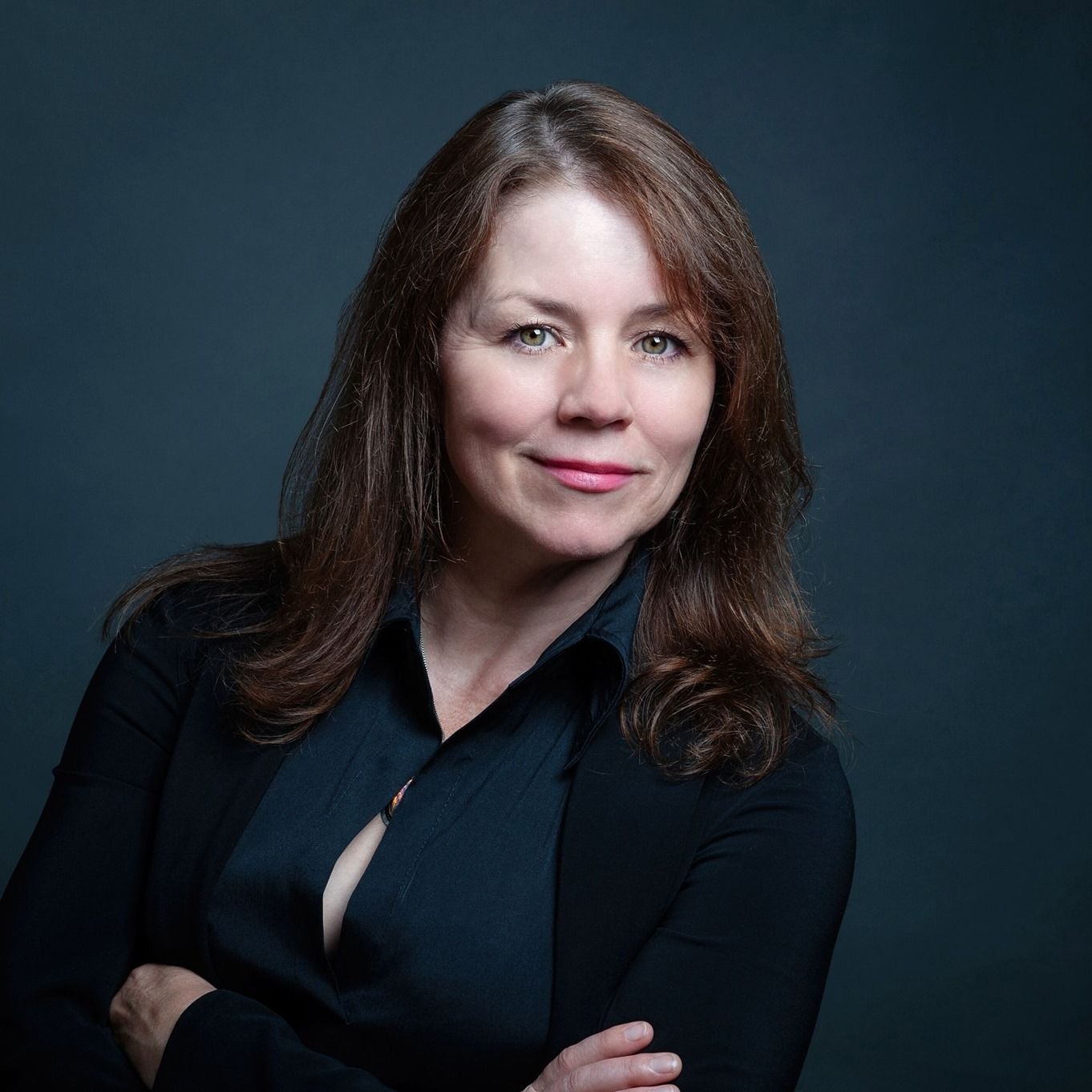
A conversation with Kelly Butler
August 14, 2023
ASH CHUDGAR: Tell me about your interest in death!
- KELLY BUTLER: The labor of dying is often hidden from us. It’s like a birth — we know there is pain and labor involved.
- I’m less interested in the death of the individual than I am in the collective death that’s going on around us, with climate change. I have been deeply concerned about how we’re going to manage, psychologically.
- Things will fight death. A wound will fight death. Systems fight death.
Absolutely. We see fossil capital fighting its own death right now. Capitalism really doesn’t want to die.
- It’s back to the idea that we don’t have an experience of limitation. Culturally, we have an appetite for more.
- You see that in end-of-life care: always more. People don’t recognize that you’re not getting more living, you’re just getting longer dying.
- The pandemic, climate change: lots of the [ambient cultural] conversation is about how we keep what we have, rather than about how we gracefully, skillfully go into composting, hospice, the end of it.
- What does less feel like?
What do you want to see happen, culturally?
- I would like to see death — all ending — reinstated in its proper place, in the way I learned in the years of tending a garden.
- My background is in healthcare; I do care about people and how they are coping.
- I’m doing my master’s now. What are the therapeutic offerings we can come up with that aren’t the conventional modalities? We have more trauma to deal with than therapists could possibly treat.
- How do we learn to hold this? That can be things like mindfulness, contemplative arts, psychedelics, ritual work. Seeing that change so that we’re not completely undone by what’s ahead.
- My master’s is in health sciences; I’m looking at mindfulness and its influence on adolescent anxiety. I’d like to do a Ph.D. on grief or bereavement. I’ll probably do something about grief in the workplace and its impact on productivity, so I’ll be employable; but my secret interest is how we support people through death.
- How do we support men, in particular? Lots of what’s there supports women, and men aren’t well served by existing offerings.
- We have a group within our umbrella organization — Community Deathcare Ottawa — focused on natural burial. For some people that’s for ecological reasons; for others it’s for people to be more engaged in the deathcare.
You’ve mentioned that death and birth have moved from homes into institutions. I’m seeing the consequences of that shift with my mother-in-law right now — she’s 94, and being cared for in an institution that is really committed to her staying alive indefinitely. What are the consequences of that shift to institutions?
- In moving death and birth into institutions, we’re serving the system. We’re not serving the individual or the family. And I don’t see how you break that. You have to get out of that loop — the system can’t not serve itself.
- One problem that arises is that we treat patients as “consumers.” We want informed consent — but what does that mean to your 94-year-old mother-in-law with dementia?
Canada must have a must healthier approach to death, since assisted suicide is legal there.
- Well — there is a problem with MAID [Medical Assistance In Dying] in Canada, for the same reason that the U.S. has a 32% cesarean section rate (which is ridiculously high): it’s convenient for the system.
Oh wow. Of course, it’s easier for the healthcare system to deal with scheduled events than unpredictable ones.
- This is the real danger in MAID: it’s a lot more efficient. It also has huge issues around disability rights. We don’t have the guardrails that are needed.
- I am a reluctant supporter of MAID. If you have a degenerative condition, you should have the option to say you’ve had enough.
- But what’s happening — along with the necropolitics of not caring about some bodies as much as others, like disabled and Black and brown bodies — is that some people are choosing this because they’re afraid of dying, so they want to skip over that part.
The same way people can now skip over labor and go straight to birth?
- [Kelly said something like: Even more so. Birth gets represented on TV and in movies, increasingly realistically. But death isn’t represented in anything like a realistic way at all.]
- What would it be like if you knew what the process looked like?
- Again, there’s a mirror with birth: A vaginal birth has benefits for the baby. What do we lose when we skip over dying and go straight to death? That’s an open question.
Well, for one thing, going straight to death isn’t going to please the American institutions who benefit from keeping people alive but very sick for as long as possible.
- The system does like people in their expensive dying years. But I do think you’re going to see that, if MAID is legalized [in the U.S.], it’ll be like C-section rates. It serves the system itself, because they need the bed.
- This also goes back to limits. What would it be to have the system say, “We are going to allow death to happen”? You have to start pretty far upstream to have that take hold, because it runs counter to what people in healthcare, even as individuals, are trained to do, which is to prolong life.
- A patient like your mother-in-law: How do we make sure she’s comfortable in what ought to be her last days?
Speaking of my mother-in-law, it flummoxes me that her Catholic faith didn’t prepare her for death in any real way. My own Catholic upbringing really did, and though I’m not Catholic any longer, I’m still grateful for that. Do you have a spiritual approach to death yourself?
- I find myself coming back to the Catholic church after 20 years away. I am definitely an animist, but I have found Catholicism to be a pretty easy place to be.
- In my time away, trying to find something to replace that was very unsuccessful. There just isn’t something. The patchwork, made-up modern spirituality that you see — I’m pedantic enough, I suppose, to object when something was made up in 1942 or whatever!
- What I find easy about Catholicism is that, because they absorbed all these pagan practices, especially in Ireland, I can navigate that in a way that feels comfortable.
- It is a place where there’s ritual. The whole Mass is ritual, it’s ceremony.
- This work in grief and death has brought me back. I can be mad at the Church; but man, they’ve got some stuff figured out.
- I got to a Catholic church in Harlem, where my partner lives. Mass will finish, and somebody gets up and says, “Second collection is for the church pantry; there’s a free consultation for people around immigration.” So much of what the community needs, the church is bringing to them.
Newer kinds of spirituality seem not to have those elements of ritual and community care as much.
- I can’t do the made-up cosplay new-age whatever. If you’re tracking where things emerge — their genesis brings with it something about what potential exists. In a new-age faith (I’m being a bit facetious), you’re coming out of a hyper-individual society. How can you really be focused on our collective liberation?
- This idea of stewardship of the earth, and understanding of death’s place — the absence of them in [recently developed] faith traditions might be because of the time and place in which they came into being.
- The Catholic church is a lot bigger on the inside than it looks like from the outside. The people I’m sitting with on a Sunday morning in Harlem don’t have a lot to do with the hierarchy!
What can I read to think about death differently?
- Francis Weller’s The Wild Edge of Sorrow is a useful book.
- Even more delightful, more exceptional to me, is The Geometry of Grief, by Michael Frame. That is an absolute gem that I came across about a year ago. It’s a little memoir.
